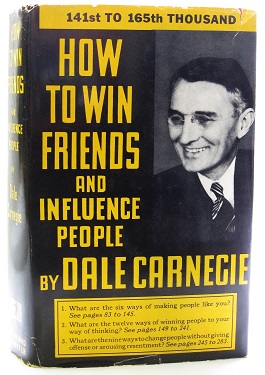I’m excited to share some tips on getting more involved with the structural engineering community. There are many organizations and industry associations related to structural engineering that it can feel daunting to try to meet all of the key players and make a name for yourself.
I have a really unique and fun job at Simpson Strong-Tie as a field engineer for our light-frame construction products, which include connectors, fasteners, and lateral systems. As a field engineer, I spend most of my time out on the road visiting engineers, architects, building officials, contractors, and others who need technical assistance using our product lines. While this means I spend a good chunk of time in SoCal traffic, I do get to talk to lots of different people working on projects ranging from small home remodels that might be using our new Strong-Frame® special moment frame to huge multi-family housing projects with several thousand units.
I also make sure to attend as many industry association functions as I can, because these are the best places to network and meet other professionals. There are many great organizations, including the Structural Engineers Association, which has chapters all over the United States. The California chapters have very strong participation. I also suggest getting involved in other industry organizations that include people outside of the profession, such as building officials, inspectors, contractors, builders, and architects. These people play an integral part in the construction industry and it’s important to understand their role and importance in supporting structural engineering.
One of the best ways to start getting involved is by participating in student chapters when you are in college. Many of the universities in Southern California where I reside have very active ASCE and SEAOSC chapters that offer scholarship programs and the opportunity to attend membership meetings at a reduced rate or free of charge. Student chapters invite speakers from the industry to come share their experience, which is a great way of to get your foot in the door at a company when it comes time to apply for a job.
If you’re just starting out at an engineering firm and looking for ways to participate, I highly recommend volunteering to serve on a committee of an organization. Committee meetings tend to be less formal and a smaller group, making it easier to meet people than in a large dinner setting that is typical of most monthly meetings. It’s also a great way to directly help the cause of the organization and to work closely with principals and senior engineers of highly respected firms. While committee work requires some extra participation at events or weekend hours, I have found that it is well worth the extra effort.
If you are attending an organization’s dinner meeting for the first time, what do you do after you walk in the door? There is typically a registration table where you pay your meeting dues…but then what? Usually there are pockets of people standing around the room and always a crowd near the bar, but how do you break into a conversation with people you don’t know?
My first suggestion is to take a friend to ease the feeling of being the odd one out. Better yet, go with a colleague who can introduce you to some of the faces in the room. I like to arrive at these meetings with topics of conversation ready. Recent conversation topic examples include the NEES-Soft testing at UCSD, the new soft-story mandate passed by the City of San Francisco, or the upcoming Buildings at Risk Summit in Los Angeles and San Francisco.
I’ve found that asking people what current projects they are working on or where they went to college are great icebreaker questions. The more senior members of the organization are often very welcoming to newcomers and make a great effort to include them in the activities. In general, being a good listener and sincerely interested in what people are talking about goes a long way in making new business contacts, as well as new friends. My branch manager gave me a great book, How to Win Friends and Influence People by Dale Carnegie that has some fantastic advice on how to make the most of your professional and personal relationships. I highly recommend you purchase or borrow a copy before your next networking opportunity!
Finally, don’t forget about social networking. LinkedIn has been a great professional resource for me not only as a way to keep connected to people I know, but as a follow up with people I’ve recently met. I also use it to match faces to names in the industry (I can’t remember names as well as I used to)! I would highly recommend keeping your information as up-to-date as possible and to include professional email and phone numbers.
While this is by no means an exhaustive list of ways you can get involved and stay connected, I hope it serves as a useful starting point for anyone looking to become more active in the structural engineering community and beyond.
– Annie
What are your thoughts? Visit the blog and leave a comment!






I always enjoy reading the Structural Engineering Blog and appreciate the fact that Simpson Strong-Tie commits the time to provide useful information in this forum to practicing structural engineers. I just wanted to make one correction to this latest blog posting. You reference the Structural Engineers Association as an organization which has chapters across the nation. I believe you are confusing this with the National Council of Structural Engineers Associations (www.NCSEA.org) which represents Structural Engineers Association member organizations in 44 states across the nation.
Thank you for your support of the structural engineering community.
Best regards,
Thomas A. DiBlasi, P.E., SECB
NCSEA Past President
Thank you for the clarification, Thomas.